Wasted URLs Will Now Waste Its Own Domain
That’s right, Wasted URLs, better known as 00128, is now running as its very own Tumblr at WastedURLs.com.
There’s just too many of them…
That’s right, Wasted URLs, better known as 00128, is now running as its very own Tumblr at WastedURLs.com.
There’s just too many of them…
They Might Be Giants (band) got their name from They Might Be Giants (film), the title of which was a reference to Don Quixote‘s belief that windmills were giants. As explained in the film,…
“Of course, he carried it a bit too far. He thought that every windmill was a giant. That’s insane. But, thinking that they might be… Well, all the best minds used to think the world was flat. But, what if it isn’t? It might be round. And bread mold might be medicine. If we never looked at things and thought of what they might be, why, we’d all still be out there in the tall grass with the apes.”
Ape Con Myth is all about the might of might. TMBG (film) summed it up in less than two minutes some 42 years ago…
… and 23 years ago TMBG (band) knocked it out in 47 seconds.
Finally, in 2007, Ape Con Myth summed it up in three words.
…Â Eventually, we won’t have to say anything at all.
Modern tragedy…
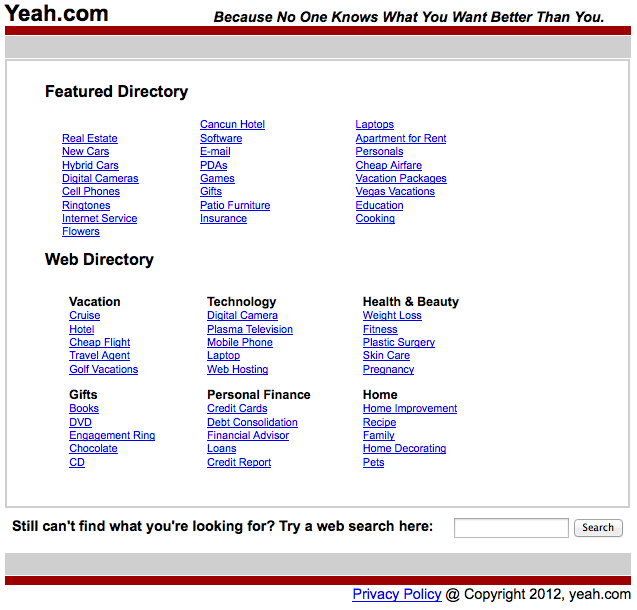
Unlike previous years, the latest Ape Con Myth calendar did not turn into a pumpkin on January 1st.
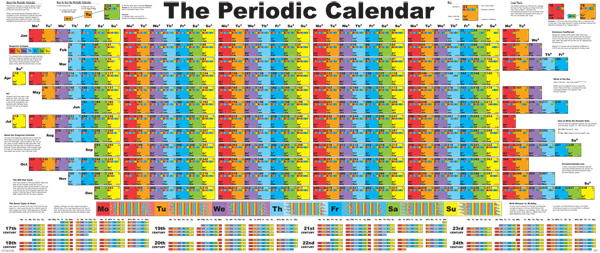 [Periodic? Yes. Perpetual? Yes. Pumpkin? No.]
[Periodic? Yes. Perpetual? Yes. Pumpkin? No.]
As a perpetual calendar that will outlive us all, the Periodic Calendar has not yet begun to fight change the way the world thinks about time. But now, after three months of prototyping and design followed by a month of fundraising on Indiegogo to make the first-edition prints a reality, the real work begins…
At PeriodicCalendar.com, you’ll find all the latest news and research as Ape Con Myth explores the ramifications of the Periodic Calendar and begins to share it with the world.
Please join us as we unlock a new dimension of time…
It might not be the end of the world, but with The Periodic Calendar, it’s about to be the world as you’ve never experienced it before!
Utilizing a previously ignored dimension within our shared conception of time, Ape Con Myth has reconfigured the Gregorian calendar into a fully functional perpetual calendar capable of explore the past, present and future!
It is the Periodic Table of Days and to celebrate its launch, we are getting the ball rolling with an Indiegogo campaign to fund the first edition prints!
Want to find out more? You can get the whole story at Indiegogo or explore an interactive version of the Periodic Calendar at its dedicated site!
It’s a whole new way to think about the fourth dimension, just in time for the end of the world! Pre-order one today!
With the debut of Ape Con Myth’s time-shattering new calendar just a few days away, creation and duration have been on the mind.
For more on those subjects, we look to the beautiful and eerie illustrations of Michael Wohlgemut and Wilhelm Pleydenwurff from the 1493 Nuremberg Chronicles, which deal with a particular creation said to take seven days…
One:
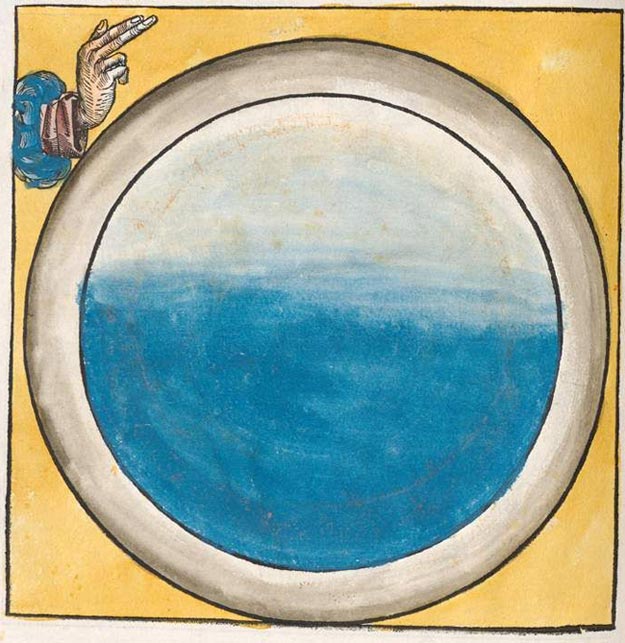
Two:
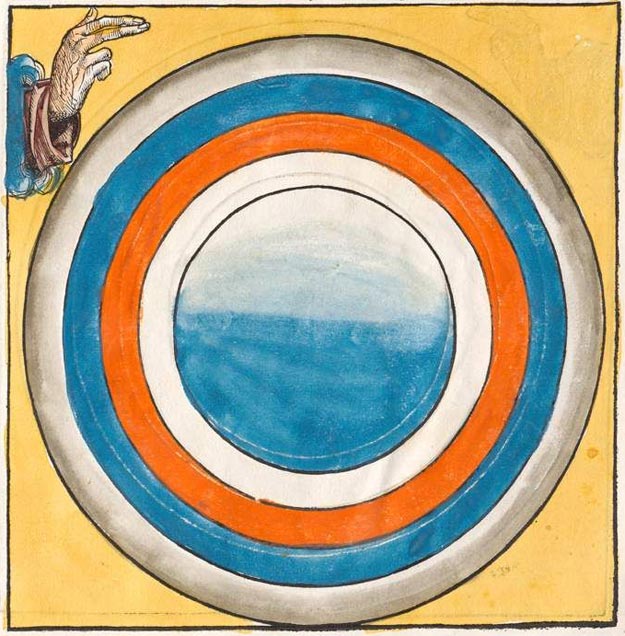
Three:
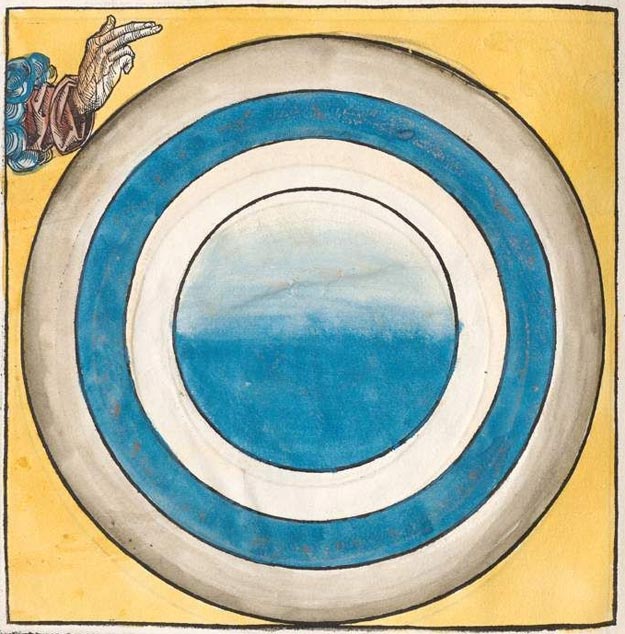
Four:
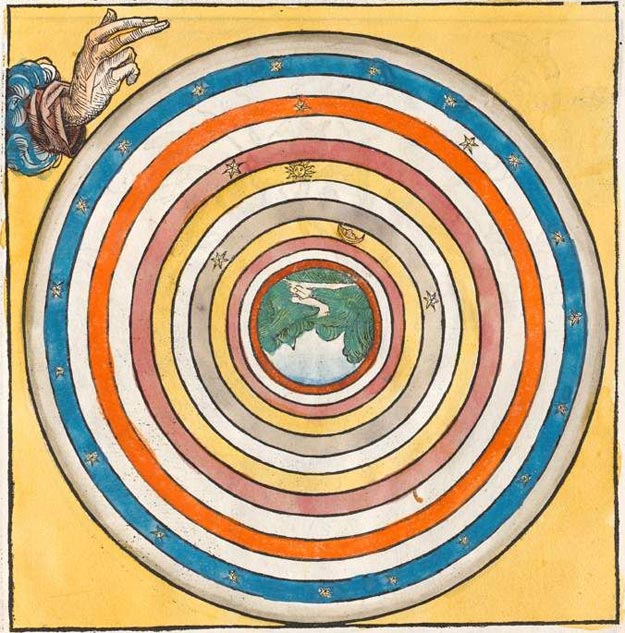
Five:

Six:

Seven:
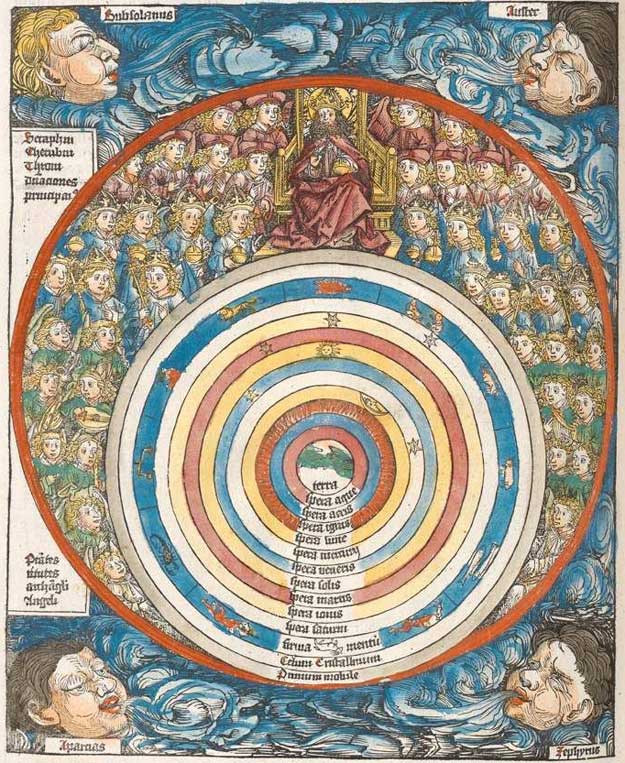
With the Economic Policy Institute’s interactive chart of average incomes in the U.S. between 1917 and 2008, it is easy to lose focus as your eyes shift from one baffling number to the next. In the time that it took to go from radio to the internet, average incomes only grew by $38,216? … And that growth was split 51%/49% between 10% and 90% of the population?
There’s no end to the configurations you can explore in the chart and all of them lay out the story in a different way. For instance, here’s a stroll through the data by decade that is a real tearjerker.









Oh, things have changed alright.
[EPI’s The State of Working America chart via The Atlantic]And now it’s time to play, Guess Which Way the Rankings Go!
Is 1st place South Dakota or 50th place West Virginia the state with the least or most Poor Mental Health Days?
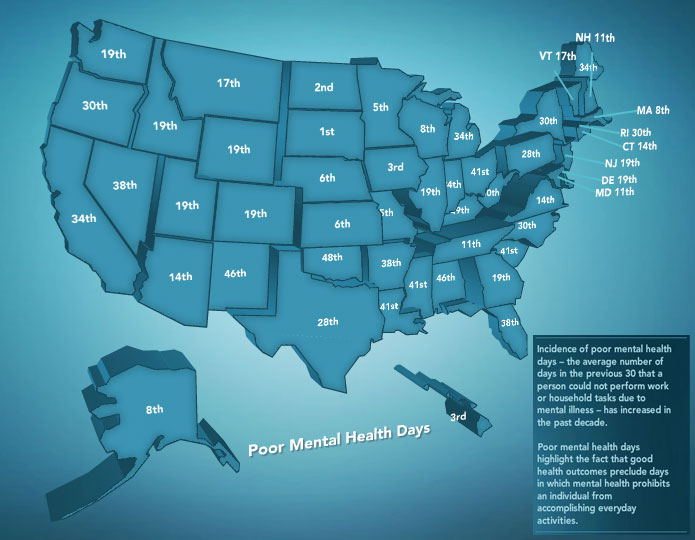
This is just one example of the fun to be had at America’sHealthRankings.org, where you’ll find both an interactive map and timeline of state performance on a wide array of health issues along with a large resource of actions you can take to support your favorite cause.
Another game to play when confronted with a somewhat random website full of stats is, Why Does This Site Exist and Who’s Behind It? “America’s Health Rankings” is about as generic as the name under it, United Health Foundation. The United Health Foundation, of course, was established by the United Health Group, which you might or might not recognize as the largest single health carrier in the United States. What’s their motivation? Perhaps the same as yours. They probably don’t want you to have to go to the doctor either.
Founded in 2001 to study the societal implications of the internet, the Oxford Internet Institute has a growing collection of data visualizations that sketch out the state of information proliferation worldwide.
Below we have a Time-series of the Distribution of Biographies on Wikipedia over the Last Five Centuries, which provides a startling reminder of how many people are still not part of the conversation.
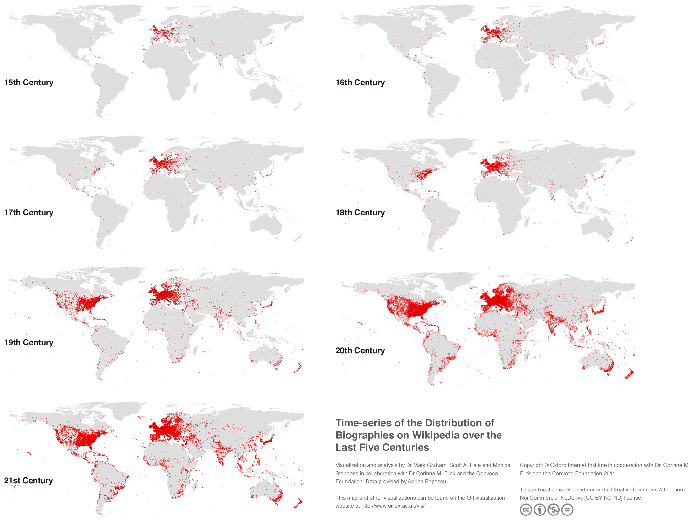
To see how far our globalization has yet to go, check out the OII’s charts on Academic Knowledge and Language, User-generated Content in Google and A Geography of Twitter.